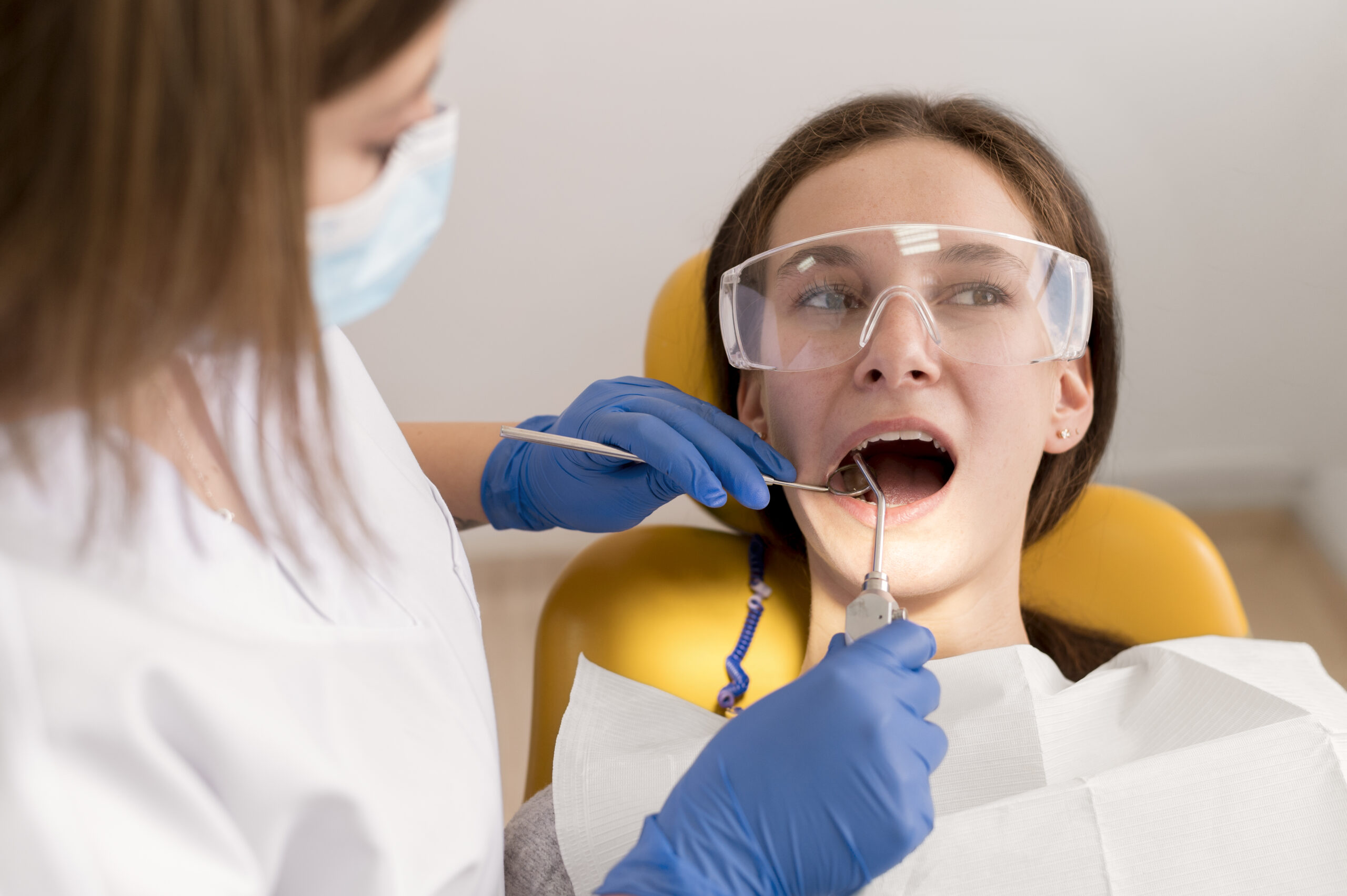Tooth extraction is a common procedure for many adults in the United States. Whether due to decay, trauma, overcrowding, or wisdom tooth extraction, proper post-operative care is crucial for a smooth recovery. At Soundview Family Dental, we believe in empowering our patients with the knowledge to ensure they understand and follow post-operative instructions meticulously for the best outcomes.
Post-Extraction Care: The Essentials
Following a tooth extraction, the key to a successful recovery lies in how well you care for the extraction site. Maintaining the blood clot that forms in the socket is critical, as it aids in healing and prevents complications like dry socket. Here’s a comprehensive guide to help you navigate the crucial first days after your tooth extraction.
Immediate Aftercare: Days 1-2
Do’s
- Use Gauze to Promote Clotting: Your dentist will place gauze over the extraction site. Bite down gently to apply pressure and help stop the bleeding. Replace the gauze as needed and keep it in place for a few hours after the procedure.
- Rest: Ensure you get plenty of rest for at least the first 24 hours. Avoid strenuous activities for 48 hours to allow your body to heal.
- Elevate Your Head: When sleeping, prop up your head with extra pillows to help with blood clotting and reduce swelling.
- Take Prescribed Medications: Follow your dentist’s instructions regarding pain management and antibiotics. Take medications as prescribed to reduce pain and prevent infection.
- Use Ice Packs: For the first 24 hours, apply ice packs to your face in 15-minute intervals to minimize swelling and discomfort.
- Eat Soft Foods: Stick to soft foods like yogurt, mashed potatoes, scrambled eggs, and soup for the first 24-48 hours to avoid irritating the extraction site.
Don’ts
- Avoid Smoking: The chemicals in tobacco can hinder blood clotting and increase the risk of dry sockets. Refrain from smoking for at least 48 hours.
- No Straws: The suction from using a straw can dislodge the blood clot, leading to bleeding and a dry socket. Avoid straws for at least 48 hours.
- Do Not Spit: Spitting increases mouth pressure and can disrupt clotting. Let blood and saliva drip out naturally.
- Avoid Rinsing Your Mouth: Rinsing or gargling can slow clotting or dislodge the clot. Avoid this for the first 48 hours.
- Do Not Blow Your Nose or Sneeze: If you had an upper tooth extraction, avoid these actions as they can dislodge the clot. If you must sneeze, keep your mouth open.
- Keep Your Tongue Away: While it might feel odd, avoid probing the extraction site with your tongue to prevent dislodging the clot.
Continued Care After 48 Hours
After 48 hours, your recovery continues, focusing on maintaining oral hygiene and the tooth extraction healing of blood clots.
Do’s
- Maintain Good Oral Hygiene: Continue brushing and flossing, but avoid the extraction site until it has fully healed.
- Saline Rinses: After the clot is secure, use warm saline rinses to kill bacteria and reduce infection risk. Prepare a solution with warm water and a pinch of salt.
- Continue Soft Foods: Stick to soft foods until the extraction site heals completely.
Don’ts
- Avoid Hard Foods: Avoid hard foods, foods that require excessive chewing, and foods with small seeds or grains that can irritate the tooth extraction healing area.
- Do Not Brush the Extraction Site: Keep your toothbrush away from the extraction site until it is fully healed to avoid dislodging the clot.
When to Contact Your Dentist
While tooth extraction healing times vary, the site generally takes up to ten days to heal completely. However, if you experience any of the following symptoms, contact your dentist immediately:
- Persistent Pain and Swelling: Increasing pain or swelling that spreads to the ear may indicate a problem.
- Continuous Bleeding: If bleeding persists beyond 24 hours or is excessive, seek dental advice.
- High Fever: A fever could signify an infection.
- Nausea or Vomiting: These symptoms require immediate attention.
- Foul-smelling or Tasting Drainage: This could be a sign of infection.
Conclusion
Proper care following a tooth extraction is crucial for a swift and smooth recovery. Adhering to the do’s and don’ts outlined in this guide will help ensure your healing process is as pain-free and quick as possible. If you have any questions or need dental assistance, the specialists at Northeast View Dental are here to help. Visit us at Northeast View Dental for more information or to schedule an appointment.
FAQs
1. What Should I Do Immediately After A Tooth Extraction?
Use gauze to promote clotting, rest, elevate your head, take prescribed medications, apply ice packs, and eat soft foods.
2. What Activities Should I Avoid After A Tooth Extraction?
Avoid smoking, using straws, spitting, rinsing your mouth, blowing your nose, and probing the extraction site with your tongue.
3. How Should I Continue Care After The First 48 Hours?
Maintain oral hygiene, use warm saline rinses, and continue eating soft foods until the site heals completely.
4. When Should I Contact My Dentist After A Tooth Extraction?
Contact your dentist if you experience persistent pain, continuous bleeding, high fever, nausea, or foul-smelling drainage.

